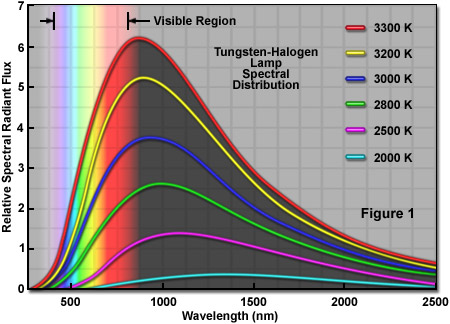I won't say you're wrong because I don't know for sure. But a dimmer is essentially an adjustable rheostat which serves to reduce current flow to the load. So how does that work out as using more energy rather than less?Where approximately 40w are needed I use a 60w bulb and dim it down, which extends the life of the bulb about tenfold.
That works, but it cuts efficiency. More power sucked up as heat, more power required for the same amount of light. It costs more in electricity than it saves in bulbs.
[...]
Again, I don't know. So I'm asking, not telling.
A dimmer is basically a variable resistor, so while it may reduce the output, the remainder of the energy that went in there will be expended in the form of heat. They're usually constructed in a way that will conduct that heat out of harm's way so the switch itself won't get too hot, but you may feel it after a while in a "low" setting (low light = high resistance).
They give off EMR too (electromagnetic radiation). Tune in an AM radio nearby off a channel and listen to the noise as you raise and lower the pot. The more the resistor/dimmer damps the juice, the louder the RF will be on the radio.

